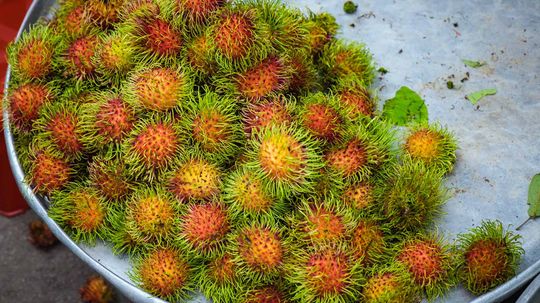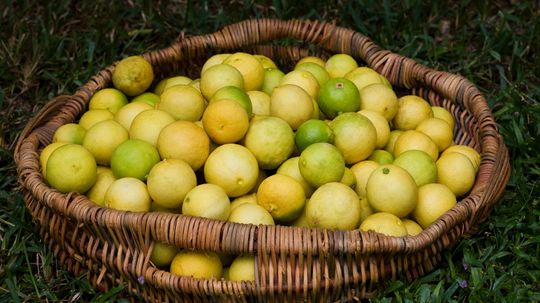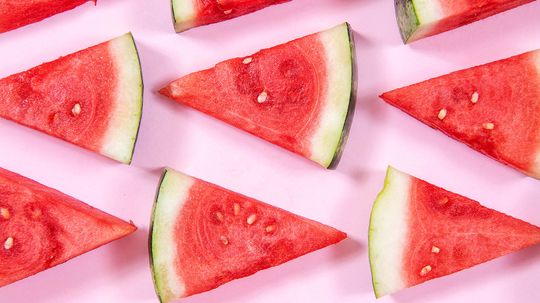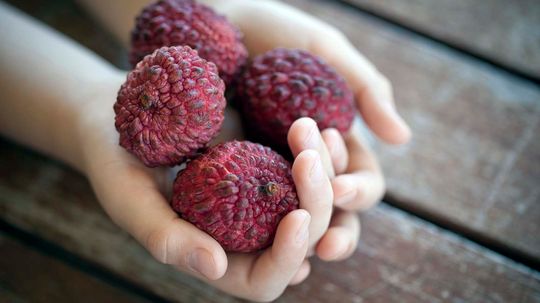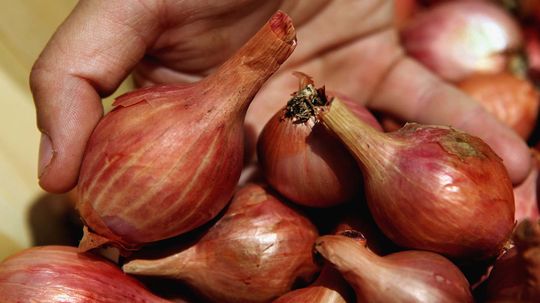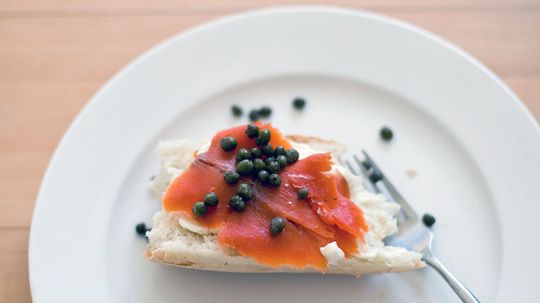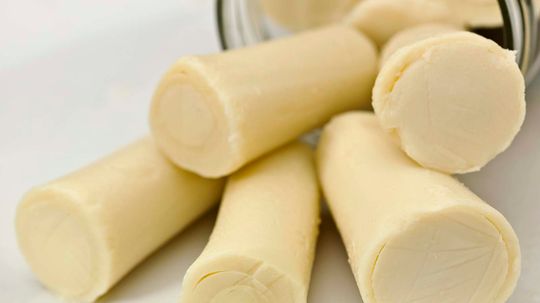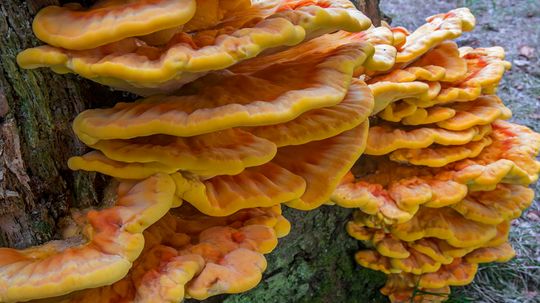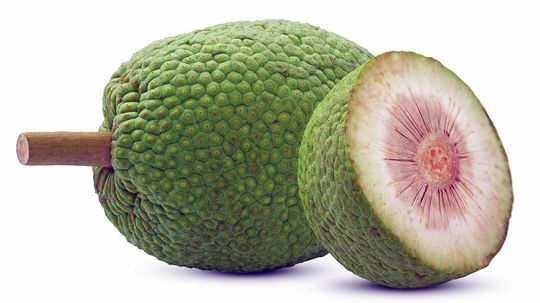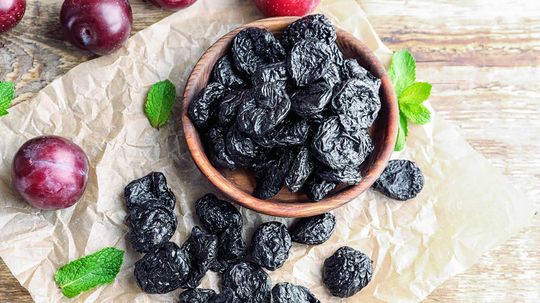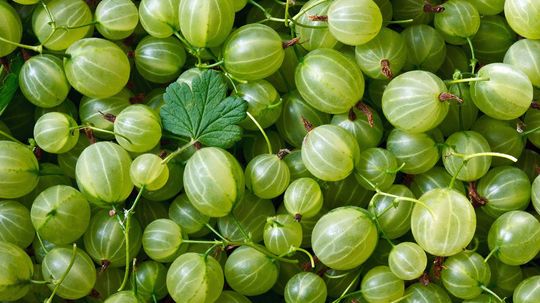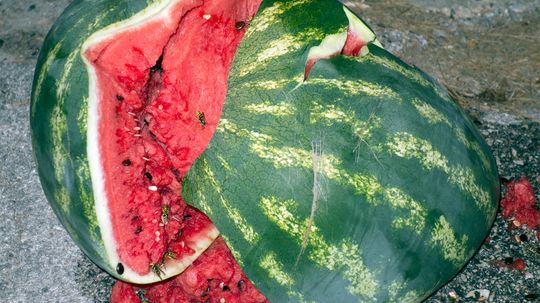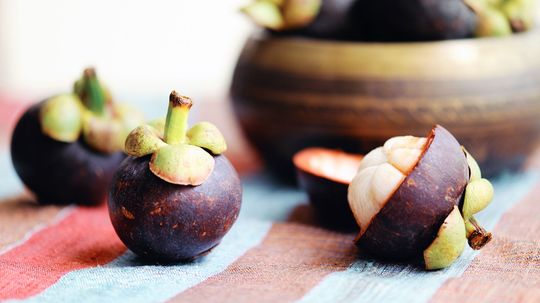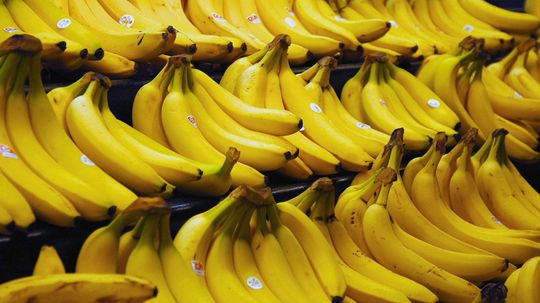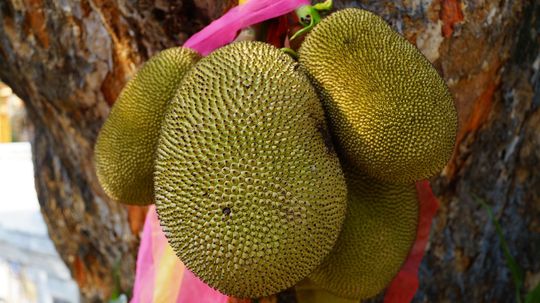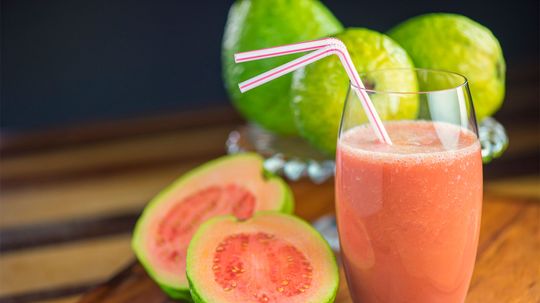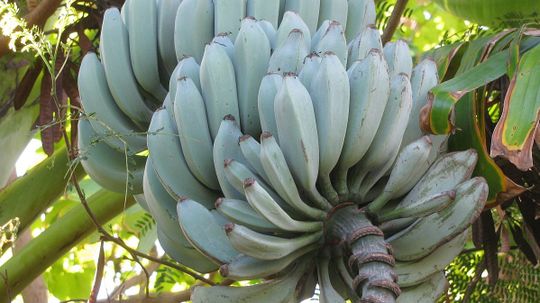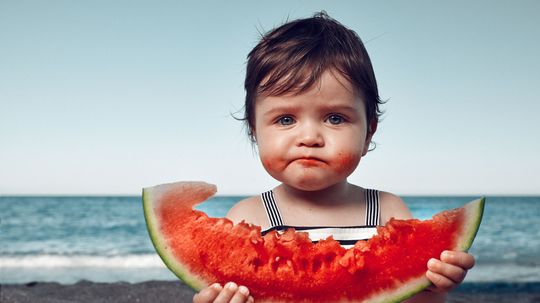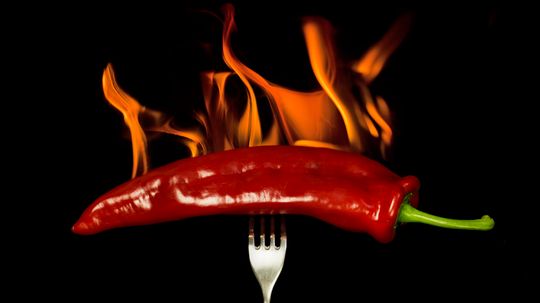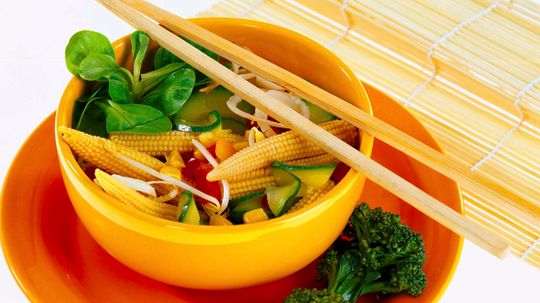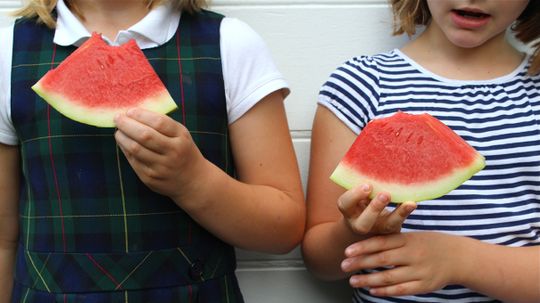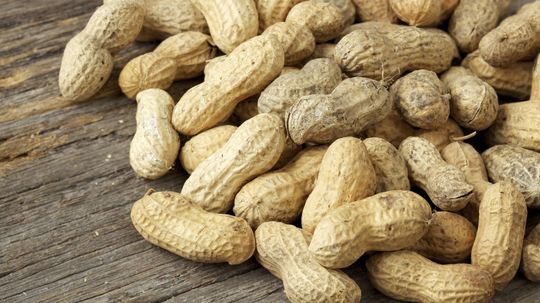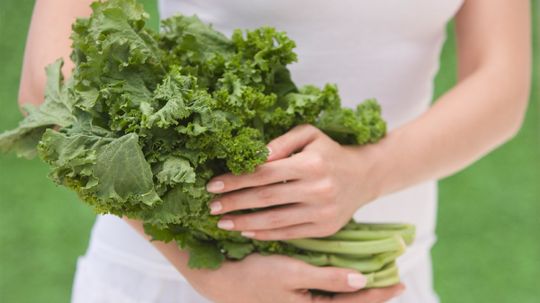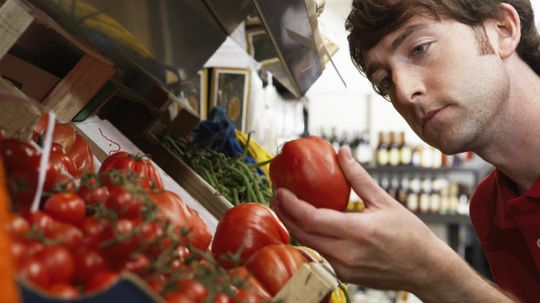Fruits and Vegetable Facts
Fruits & Vegetables are the most often overlooked portion of our daily food intake. Learn how fruits and vegetables work and how to eat more of them everyday.
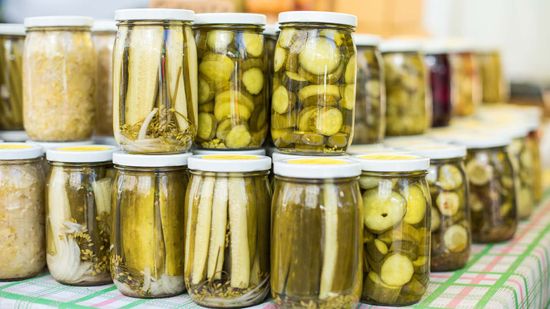
What's the Dill? The History of the Pickle
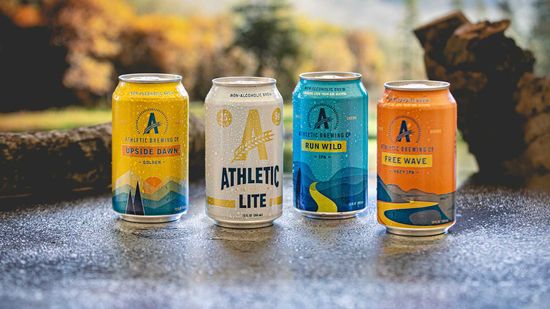
How Do Today's Brewers Make Non-alcoholic Beer?
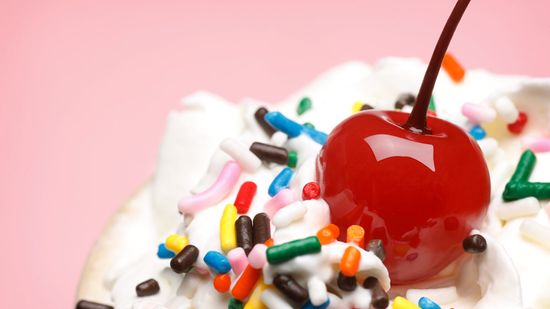
You Don't Want to Know How Maraschino Cherries Are Made
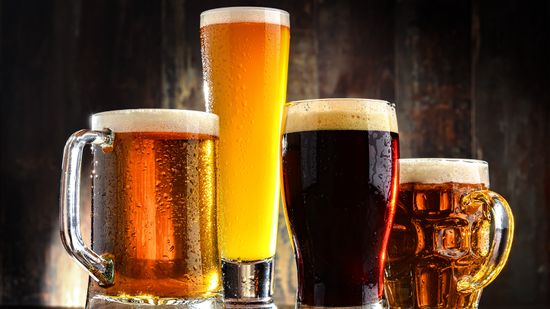
What's the Best-selling Beer in the World? Not Budweiser

5 Types of Tequila: Which to Sip and Which to Shoot
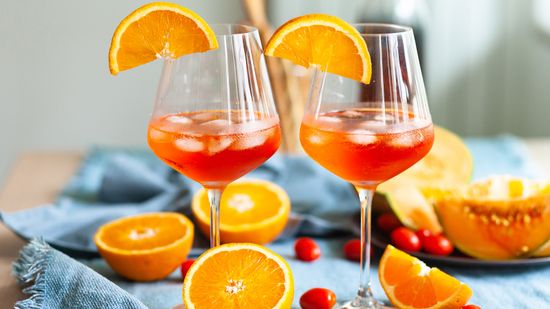
Campari vs. Aperol Cocktails and Flavor Profiles
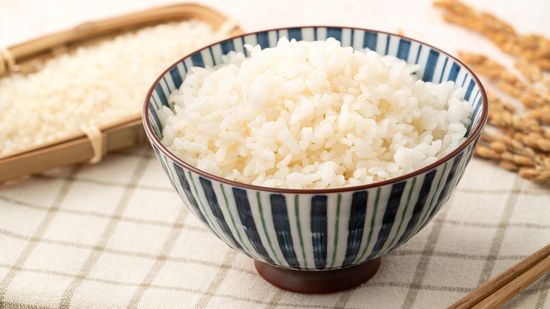
12 Types of Rice to Pair With Any Meal
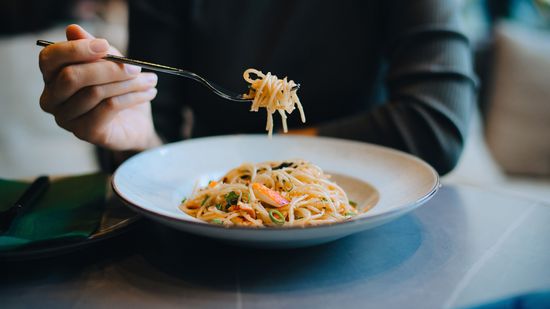
14 Types of Noodles Coming to a Dinner Table Near You
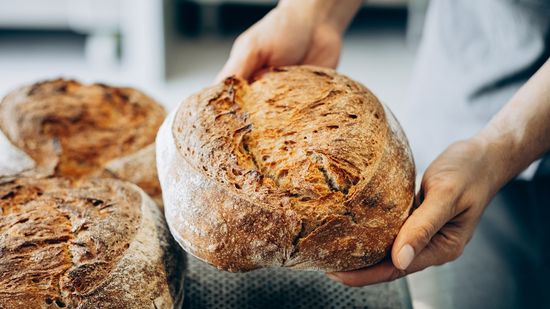
13 Types of Bread: Challah, Sourdough, Rye and More
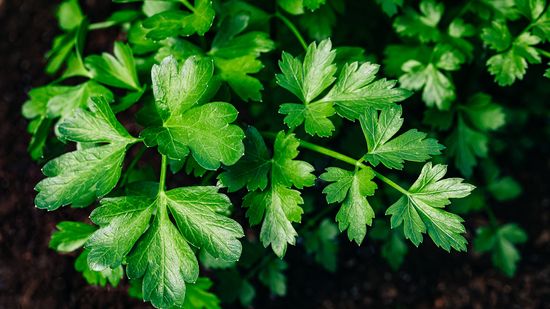
Parsley vs. Cilantro: Same Family, Totally Different Flavor Profile
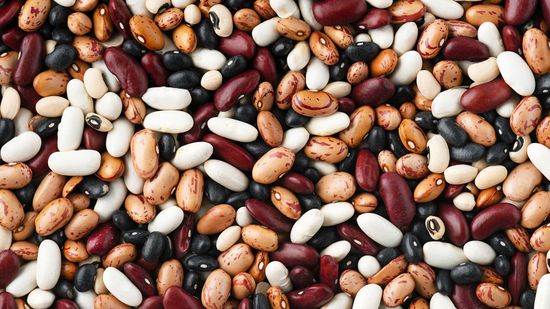
14 Types of Beans: Garbanzo, Adzuki, Cannellini and More
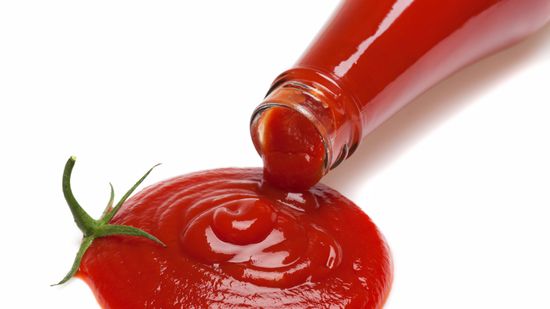
Is Tomato Catsup the Same as Tomato Ketchup?
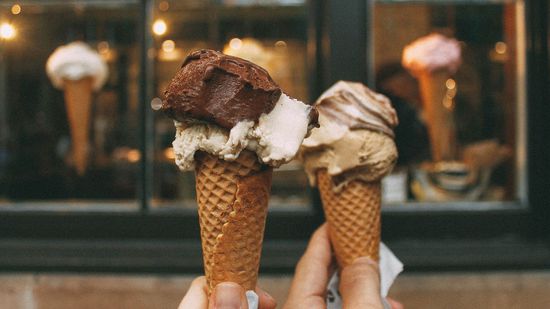
Get the Scoop on Our Ice Cream Quiz!
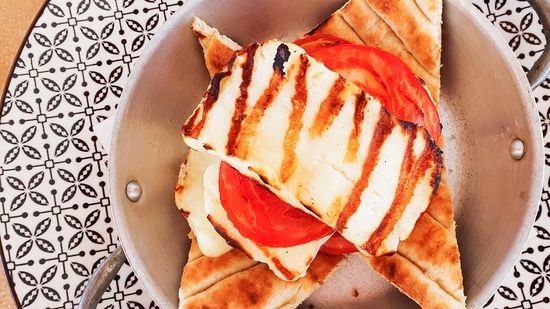
What Is Halloumi Cheese, and Why Is It Suddenly So Popular?
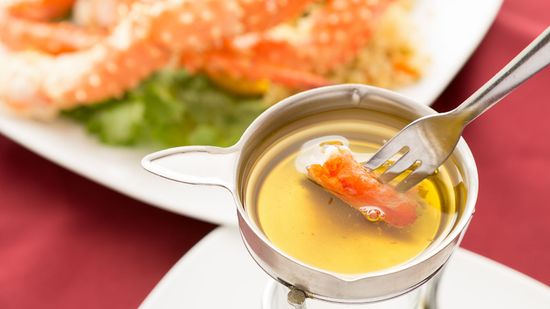
What's the Difference Between Clarified Butter and Ghee?
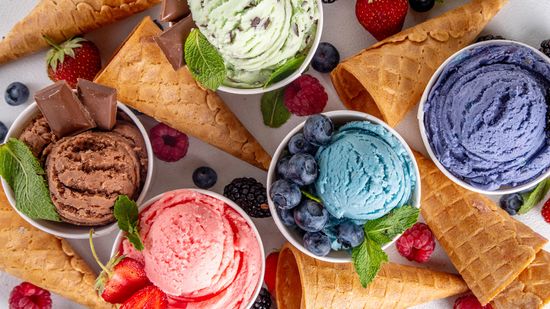
9 Unconventional and Weird Ice Cream Flavors We'd Love to Try
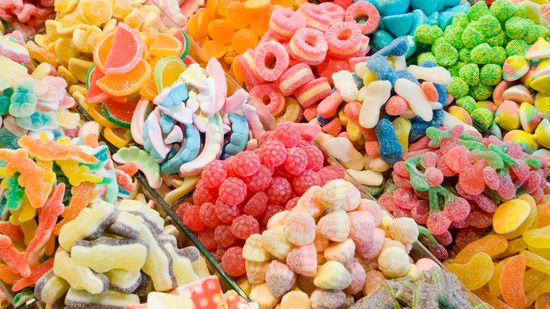
6 Types of Candy for Every Sweet Tooth
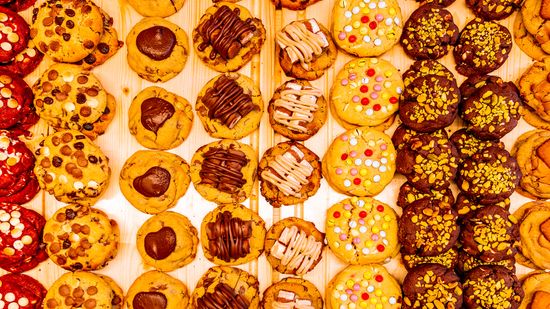
11 Types of Cookies for Your Next Snack Attack
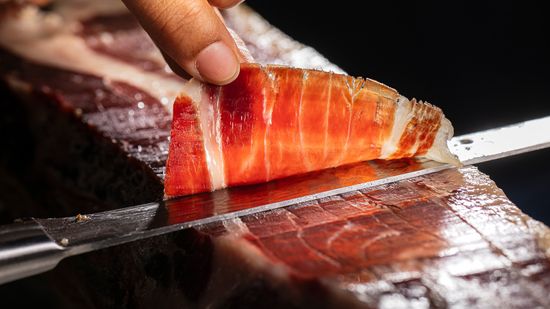
Is the Most Expensive Meat Kobe Beef, Wagyu, or Iberico Ham?

8 Food Festivals Where You Can Fill Up on a Good Time
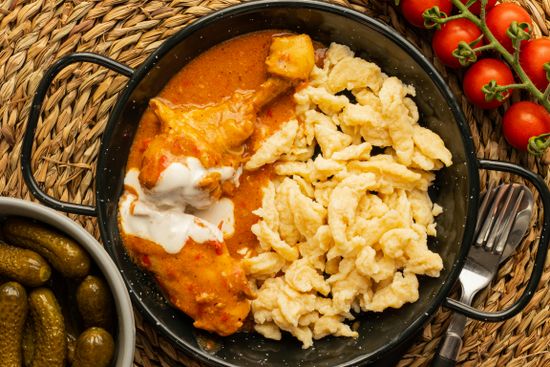
Discovering the Vibrant Flavors of Hungarian Cuisine: A Culinary Journey

How Food Tasters Work

Top 5 Reasons You Know You Should be a Pastry Chef

How to Get Your Big Break into the Baking Business
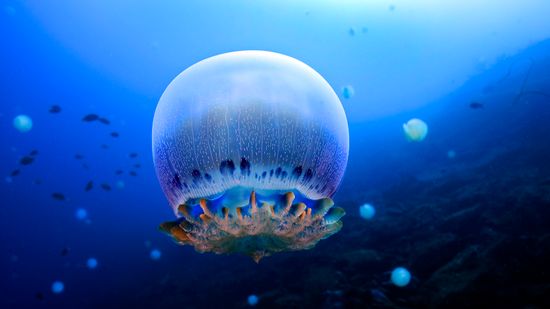
Can You Eat Jellyfish? Yes, But Not All Jellyfish
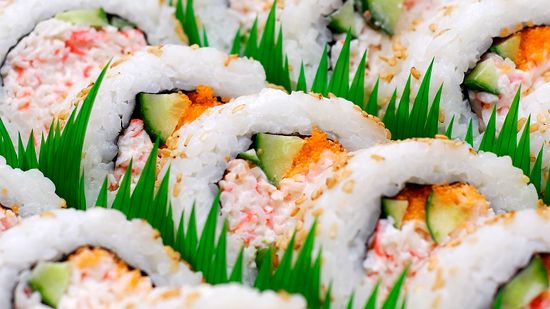
What Is Imitation Crab Meat? Is the Crab Substitute Vegan?
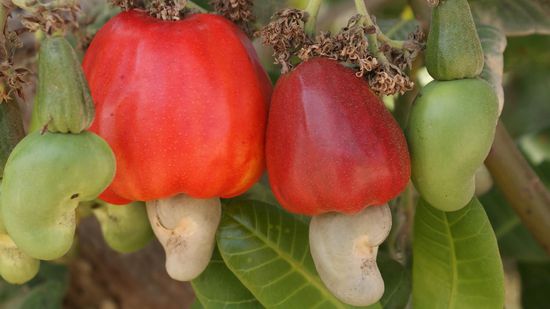
It's Nuts How These 6 Nuts Look Before Processing
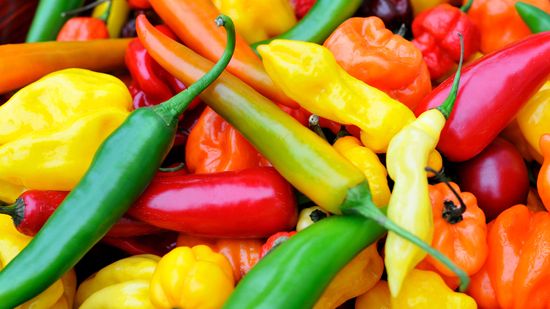
7 of the Hottest Peppers in the World
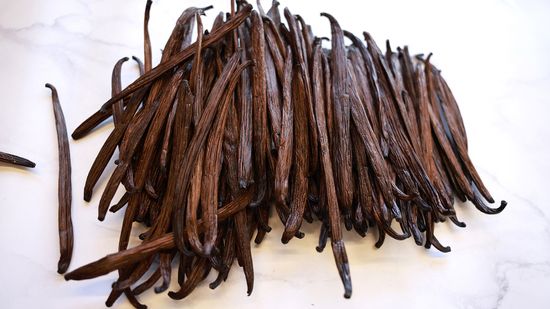
Where Does Vanilla Flavoring Come From?
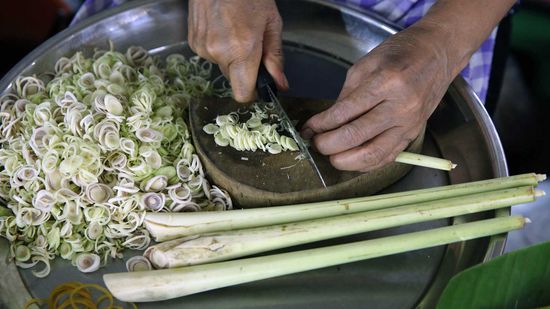
Lemongrass Is a Prized Herb in Asian Cuisine

10 Flaming-hot Facts About Cheetos
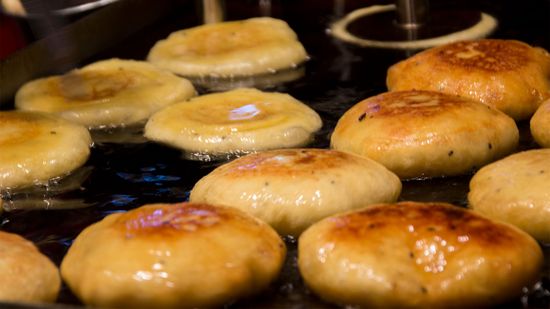
Korean Street Treat Hotteok Is Like a Warm Hug
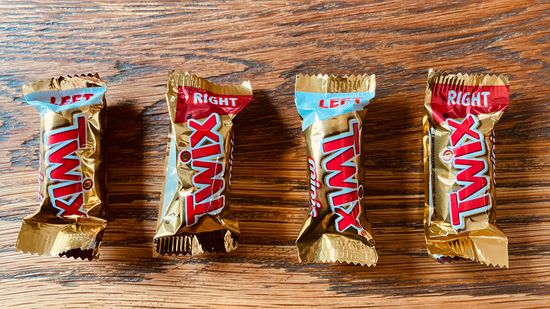
Is There Really a Difference Between the Left and Right Twix?

10 Types of Wine and What to Pair Them With

What's the Difference Between Champagne and Sparkling Wine?
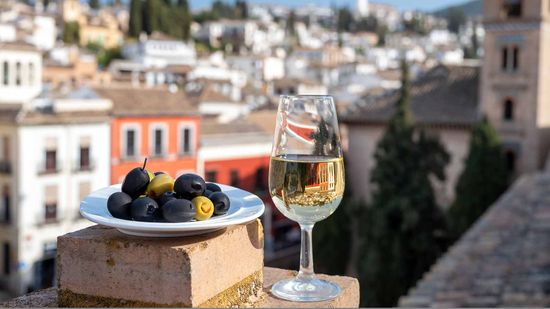
What's the Difference Between Port and Sherry?
Learn More / Page 2
Its name is a derivative of a Mayan word for "hair" and by the looks of it you can see why. But how do you eat a rambutan and what does it taste like?
You may see a recipe for Key lime pie and wonder how important it is to use Key limes rather than regular Persian limes. What's the difference between them anyway?
Yeah, anybody can hack up a watermelon, but what's the best way to cut one into presentable, uniform slices without cutting off your fingers at the same time?
By Jeremy Glass
Advertisement
You might have seen lychees at an international farmers market and not known they were lychees. The dark red tropical fruit looks a little like raspberries and are packed with potassium - and sugar.
Shallots belong to the same family as onions, leeks, scallions and garlic. They look like small, elongated onions but have a sweeter, milder flavor.
Capers are actually the flower buds of the caper bush. So where does all that flavor come from?
Heart of palm, with a similar taste and texture to artichoke heart, is a staple in Central and South America and a healthy addition to almost any menu.
Advertisement
The Chicken of the Woods mushroom is jam-packed with protein and easy to spot with its bright orange color and ruffled edges.
By Katie Carman
This starchy, staple fruit that grows in the tropics has the potential to provide food security to millions. So what exactly is it and who's eating it?
Sure, eating prunes can help you have regular bowel movements, but these sweet dried plums can also help you build - and maintain - strong bones.
The U.S. banned the gooseberry back in the early 1900s because it was a host for white pine blister rust disease. But now few states prohibit the tart berry, so eat up!
Advertisement
Yes - it could happen to you, good person. KABOOM! It's fairly rare, but a potentially catastrophic rind failure lurks under the green-striped shell of every seemingly innocent watermelon in the produce aisle.
By Carrie Tatro
Sometimes referred as the 'queen of fruit,' the mangosteen has a soft white interior, a mild taste and is notoriously difficult to find in the U.S. Here's why.
By Alia Hoyt
If bananas are berries and strawberries and raspberries are not, what in the world is a berry anyway?
Its smell is notorious. But get past that and the jackfruit is versatile, easy to grow and packs a nutritional punch that's hard to beat.
Advertisement
This tropical fruit, grown all over the tropics, has lots of health benefits. Even its leaves get in on the act.
By Alia Hoyt
This banana has soft, sweet flesh and tastes a lot like vanilla custard or ice cream. One scoop or two?
We throw out tons of perfectly good parts of vegetables and fruits often because we don't know what to do with them. But there's a lot of treasure in the trash.
By Alia Hoyt
Peppers are getting hotter these days. But which one is the hottest of them all? And why do we keep searching for ever-hotter peppers?
By Shaun Chavis
Advertisement
Little tiny vegetables seem to pop up everywhere these days, but where do they come from?
Don't let 'seedless' watermelons fool you - even though they may not prompt constant spitting, they really do have seeds.
If peanuts are technically not nuts, what are they?
Kale is a descendant of ancient cabbage. Learn more about kale in this humorous video from HowStuffWorks.
Advertisement
Kale has become the little black dress of the culinary world: chic, understated and perfect for nearly every occasion. But it comes with a not-so-elegant side effect. We'll - ahem - get to the bottom of why kale makes you so gassy.
Discerning between a fruit and a vegetable may seem simple: Fruits have seeds and vegetables don't. This works great if you're a botanist, but not so well if you're not. We'll finally tell you which category tomatoes fall into (or maybe we won't).
